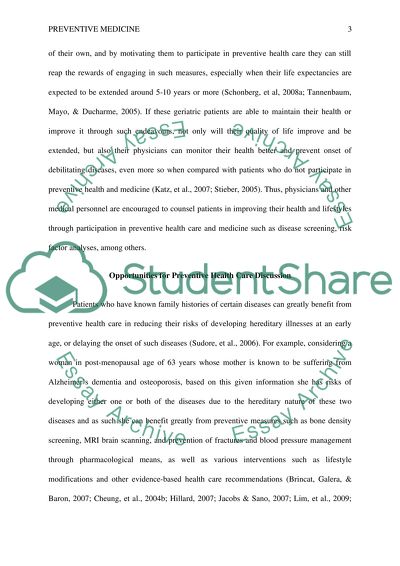Cite this document
(“Preventative medicine 3 Essay Example | Topics and Well Written Essays - 2000 words”, n.d.)
Retrieved de https://studentshare.org/health-sciences-medicine/1488626-preventative-medicine
Retrieved de https://studentshare.org/health-sciences-medicine/1488626-preventative-medicine
(Preventative Medicine 3 Essay Example | Topics and Well Written Essays - 2000 Words)
https://studentshare.org/health-sciences-medicine/1488626-preventative-medicine.
https://studentshare.org/health-sciences-medicine/1488626-preventative-medicine.
“Preventative Medicine 3 Essay Example | Topics and Well Written Essays - 2000 Words”, n.d. https://studentshare.org/health-sciences-medicine/1488626-preventative-medicine.


